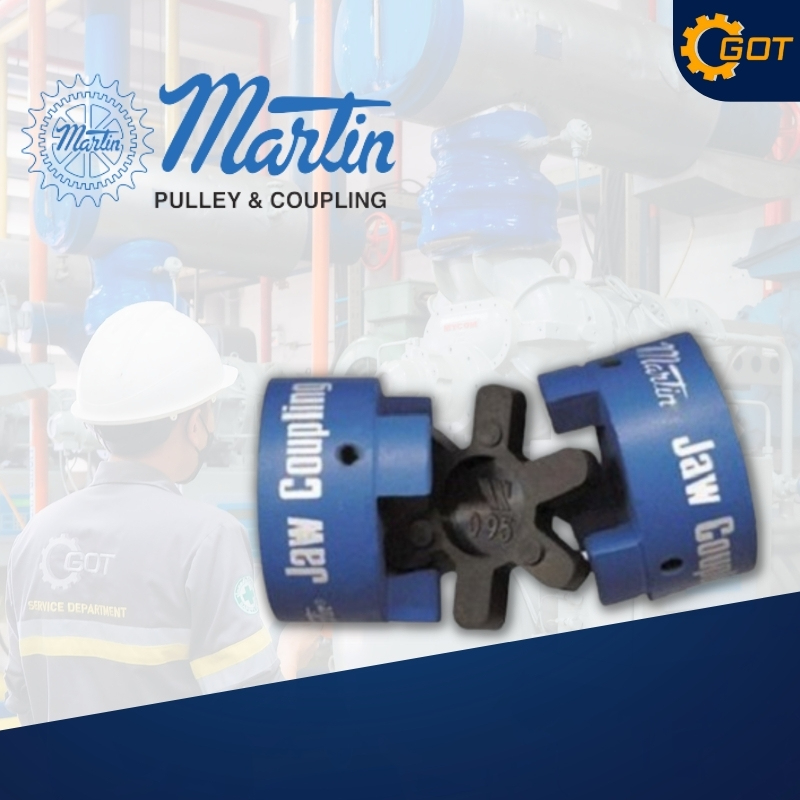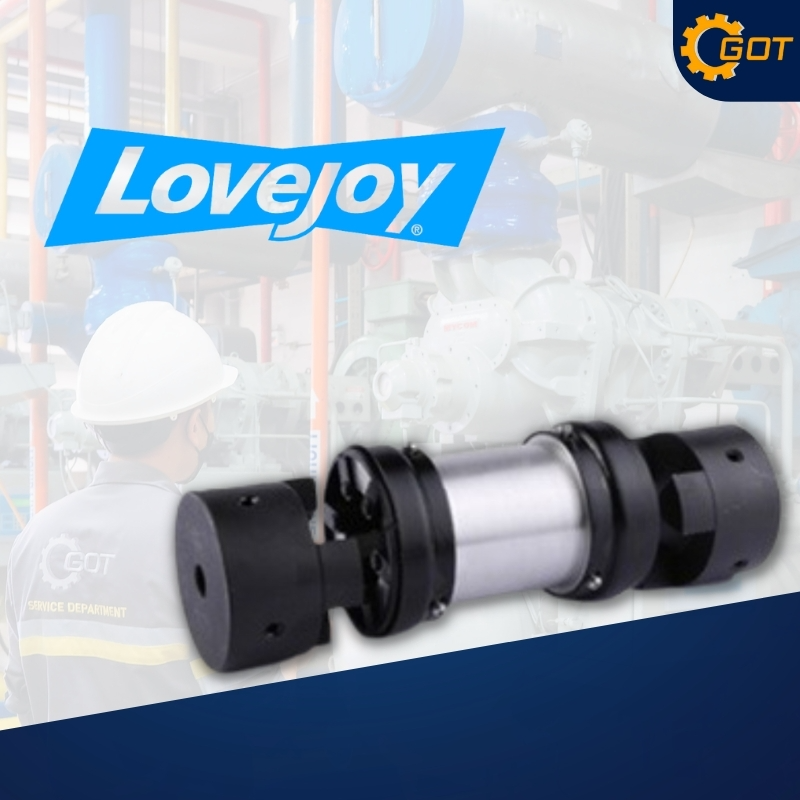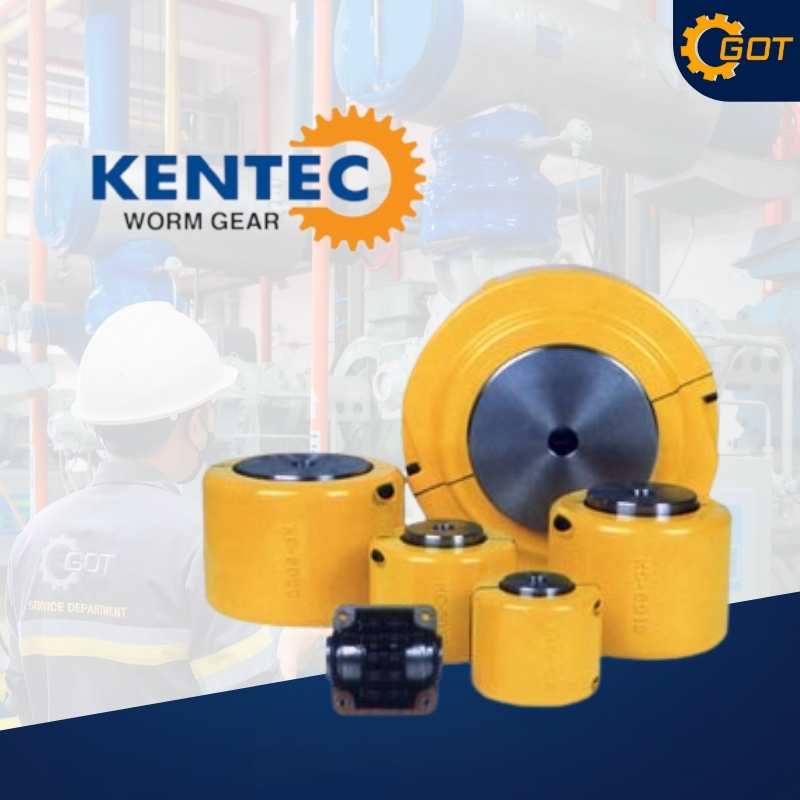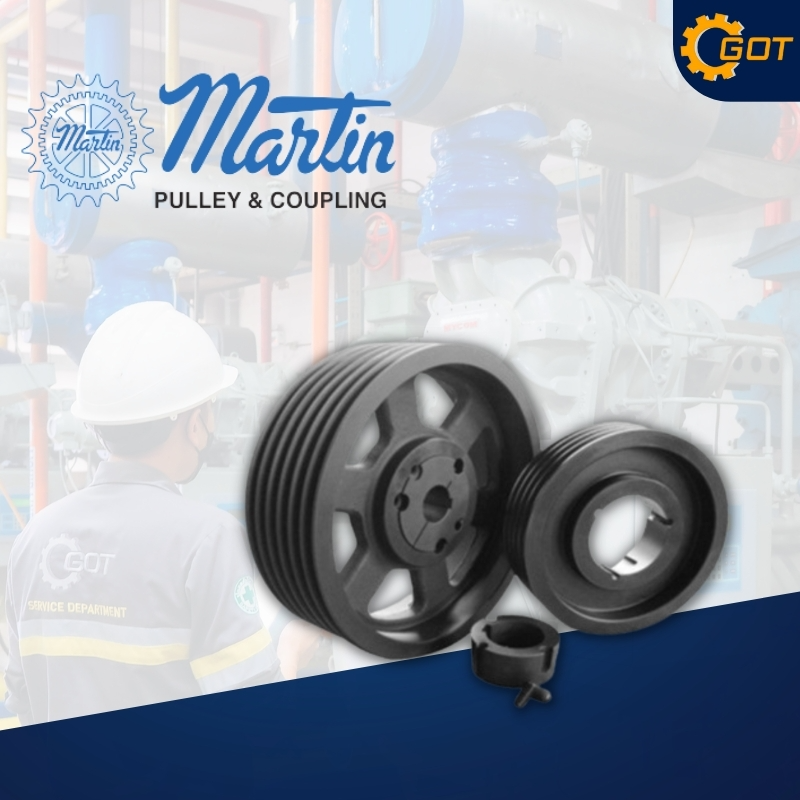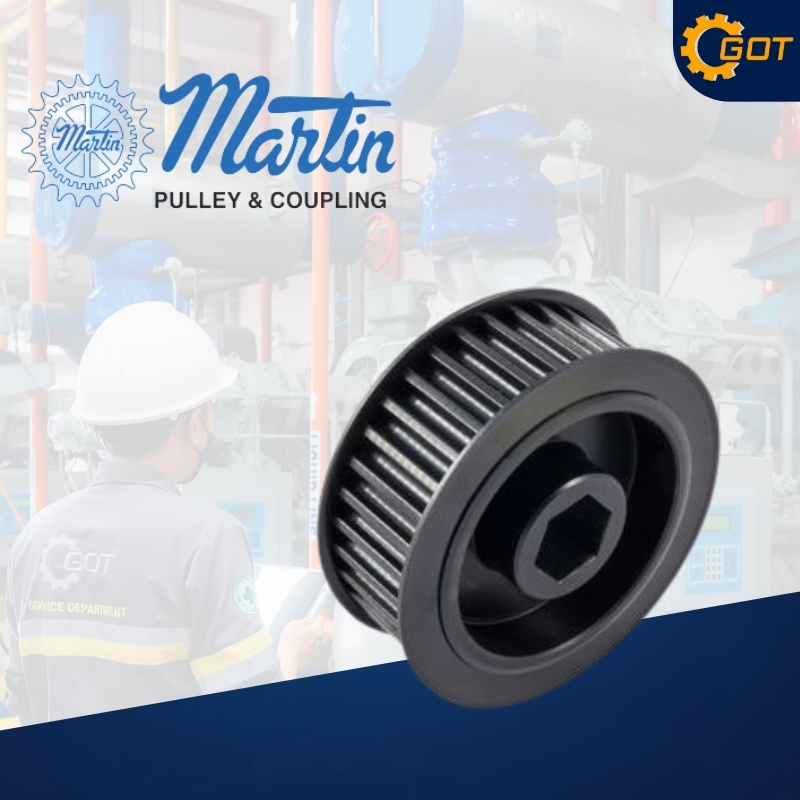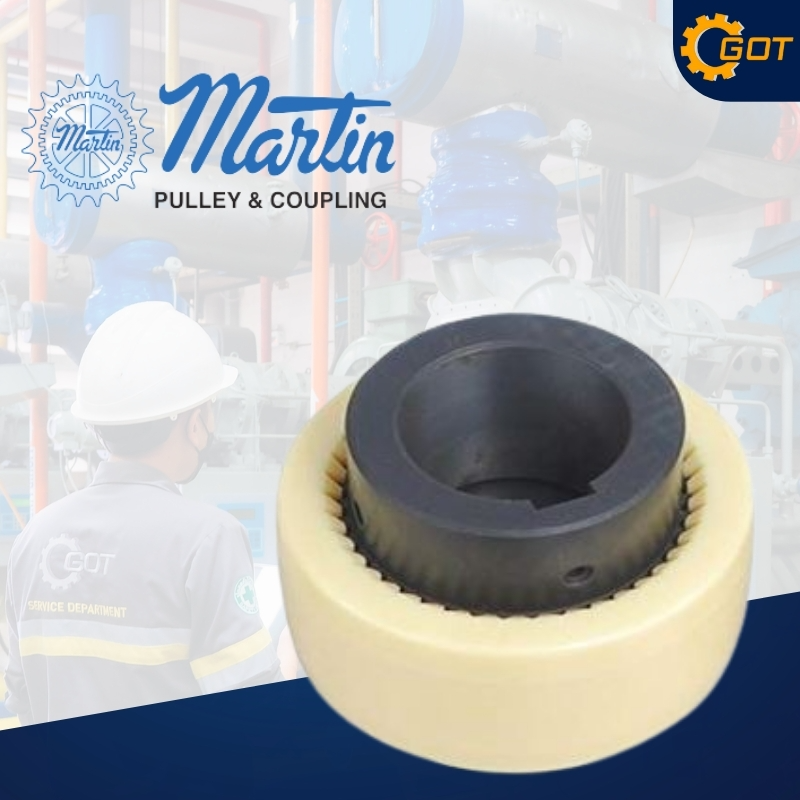-
Grid Couplings
Torsionally flexible and resilient – vibration reduction up to 30%, plus cushion shock loads safeguard driving and driven equipment
Quick installation and easy maintenance reduces labor and downtime costs
Fully interchangeable with industry standards
Versatile stock; metric and imperial size cover fasteners available
High tensile, shot-peened alloy steel grids and precision machined hubs ensure superior performance and long life.
Grid Couplings
Resources
Grid Couplings Digital Catalog & 3D CADGrid Catalog (pdf)
Grid Interchange Guide (pdf)
Installation Instructions & Videos
The Lovejoy Grid coupling reduces vibration by as much as 30%, and cushions shock loads to safeguard your driving and driven equipment. The flexible nature of the spring-like grid absorbs impact energy by spreading it out over time, thus reducing the magnitude of the peak loads. This is possible because of the progressive contact that occurs between the curved profile of the hub teeth and the flexible grid. Therefore, as the load increases, more of the tooth comes into contact with the grid, thus supplying superior protection and supreme performance.
Lovejoy’s Grid couplings are designed for versatility. Common hubs and grids are used within a given size range for both horizontal and vertical split cover models. Grid installation and replacement is a “snap” at only a fraction of the complete coupling cost.
Top Quality Manufacturing – Made from high tensile alloy steel, the grid spring is carefully formed to shape, then hardened and tempered under controlled conditions. Next, the grids are shot-peened, compressing the surface molecules and leaving a residually stressed surface. This process creates a stronger surface in compression.
Any load applied on the coupling in operation must first surmount the compressive forces created by peening before the tensile stress reaches the grid. This provides a dramatic increase in rating over other coupling types, increases reserve strength for longer life and may permit selection of a smaller coupling, thus reducing cos
RELATED PRODUCTS
PRODUCT REFERENCE
Our Customer






